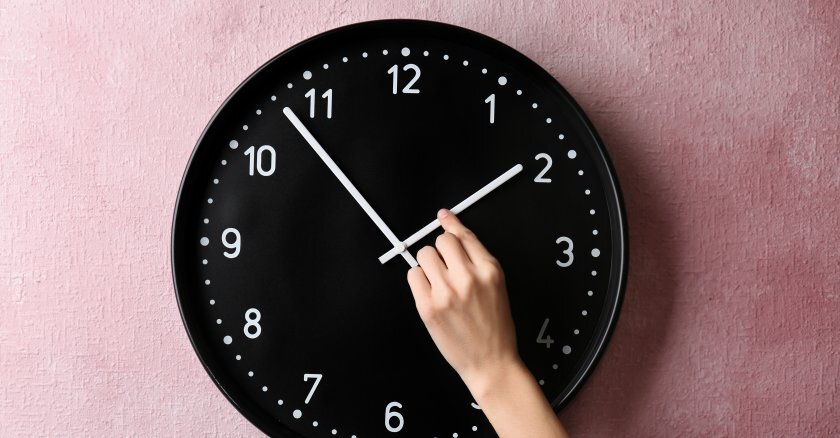This Sunday at 2 a.m. local time, clocks are to be moved back. This will give each of us some extra sunlight in the morning and less sunlight in the late afternoon. As we approach the winter solstice on Dec. 21, the shortest day of the year, the amount of daylight will shrink steadily.
For cities in the South like Houston, their shortest day will be 10 hours and 14 minutes, while for Miami it will be 10 hours and 31 minutes. In contrast, the shortest day in Chicago will be nine hours and seven minutes, while in Minneapolis it will be eight hours and 46 minutes. For those in Anchorage, Alaska, they bottom out with five hours and 27 minutes of sunlight.
There is no sensible reason to change our clocks twice each year.
The idea was first proposed by Benjamin Franklin in 1784 to save on candles to produce light. However, it took more than 130 years, in 1918, until it was put into practice. The rationale centered around the clock change being a seasonal time adjustment, with energy savings driving the decision. That first daylight saving “experiment” lasted a grand total of seven months.
After that, daylight saving was reinstituted during World War II, appropriately named “War Time.” It lasted from February 1942 to September 1945.
The Uniform Time Act of 1966 made biannual time changes permanent, though there have been a number of adjustments since then. States can always opt out, yet most do not, maintaining uniformity across the nation. Hawaii and most of Arizona are the outliers, keeping their clocks the same year-round.
Whatever thinking went into changing our clocks seasonally, the digital revolution has transformed the concept of time and made changing clocks unnecessary. Even the idea of 9-to-5 jobs has eroded, with many people working on flexible schedules. The COVID-19 pandemic also drove more people to work remotely, positioning people to work together across multiple time zones.
Yet our nation continues to be tormented by time changes that have persisted based on habit rather than reason. Last year, the Senate passed the Sunshine Protection Act with bipartisan support, making daylight saving permanent. The House never acted to pass the act into law, effectively ending any chance to end the biannual time changes.
Florida U.S. Sen. Marco Rubio reintroduced the bill earlier this year, hoping to gain the necessary support and votes to permanently end time changes.
Sleep researchers have argued that standard time, not daylight saving, is preferred, based on people’s circadian rhythm. Though most of us are unaware of such factors, the circadian rhythm affects alertness, appetite and even body temperature. This may explain higher risks of heart attacks and automobile accidents in the week after daylight saving ends, as people readjust to their innately preferred time.
Given the dysfunction that has become the symbol for Congress, as demonstrated by the U.S. House speaker debacle, eliminating the need to change the time biannually is an easy win for both parties.
If the stumbling block is deciding between daylight saving and standard time, the obvious compromise is to permanently set times halfway between the two. Such a 30-minute shift makes sense, balancing between the circadian rhythm and practicality.
Such a change would quickly be followed by our neighbors to the north in Canada. Provinces want to be time aligned with their adjacent U.S. states. If a time change occurred, each province in Canada would respond to make the necessary adjustments.
If the standard time versus daylight saving debate cannot be resolved, the 30-minute shift is the sensible solution. It would require legislation to make such a change. Yet it represents an easy legislative win that should be able to attract bipartisan support.
Everyone can agree that changing times makes no sense. So let’s do the sensible thing and get everyone aligned with a 30-minute permanent time shift, placing the need to change times a thing of the past, forever.
©2023 Chicago Tribune. Distributed by Tribune Content Agency, LLC. Sheldon H. Jacobson is a professor of computer science at the University of Illinois at Urbana-Champaign. He applies his expertise in data-driven, risk-based decision-making to evaluate and inform public policy.
Governing’s opinion columns reflect the views of their authors and not necessarily those of Governing’s editors or management.











